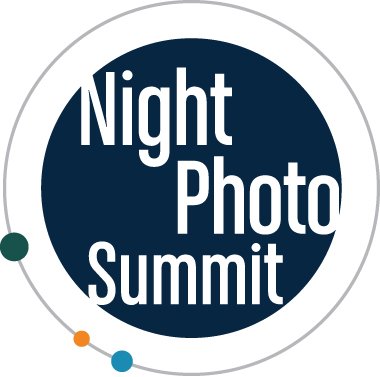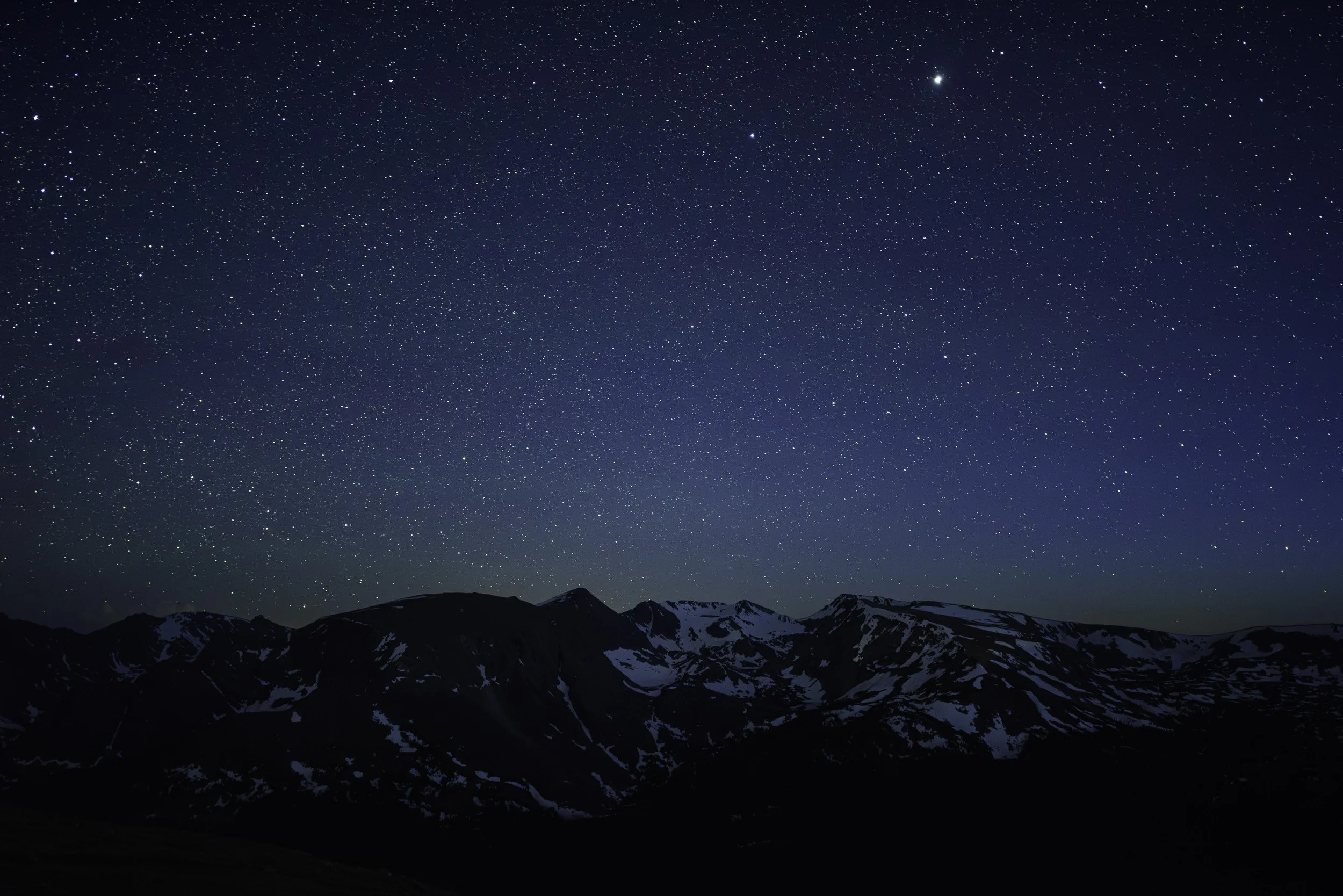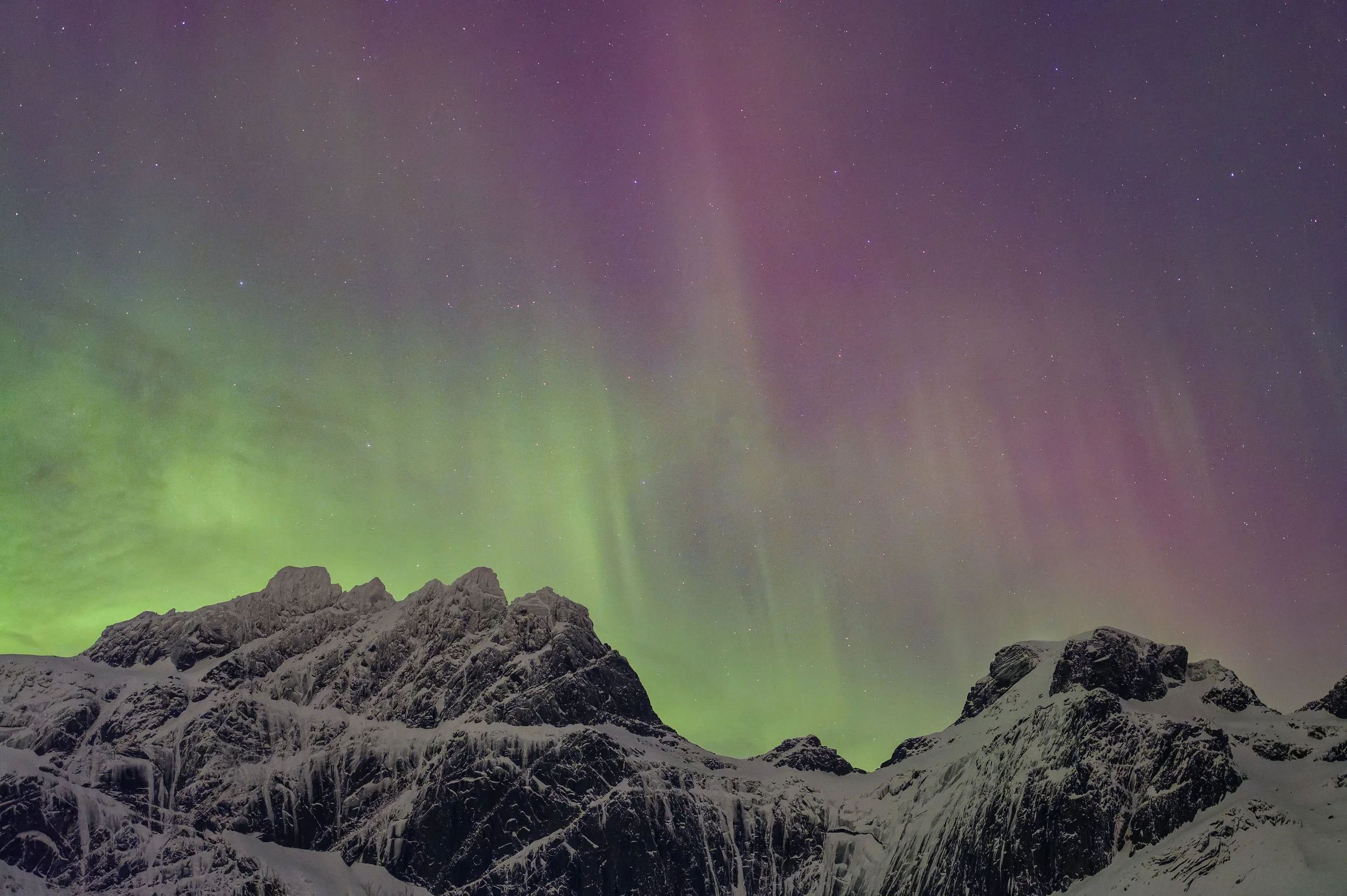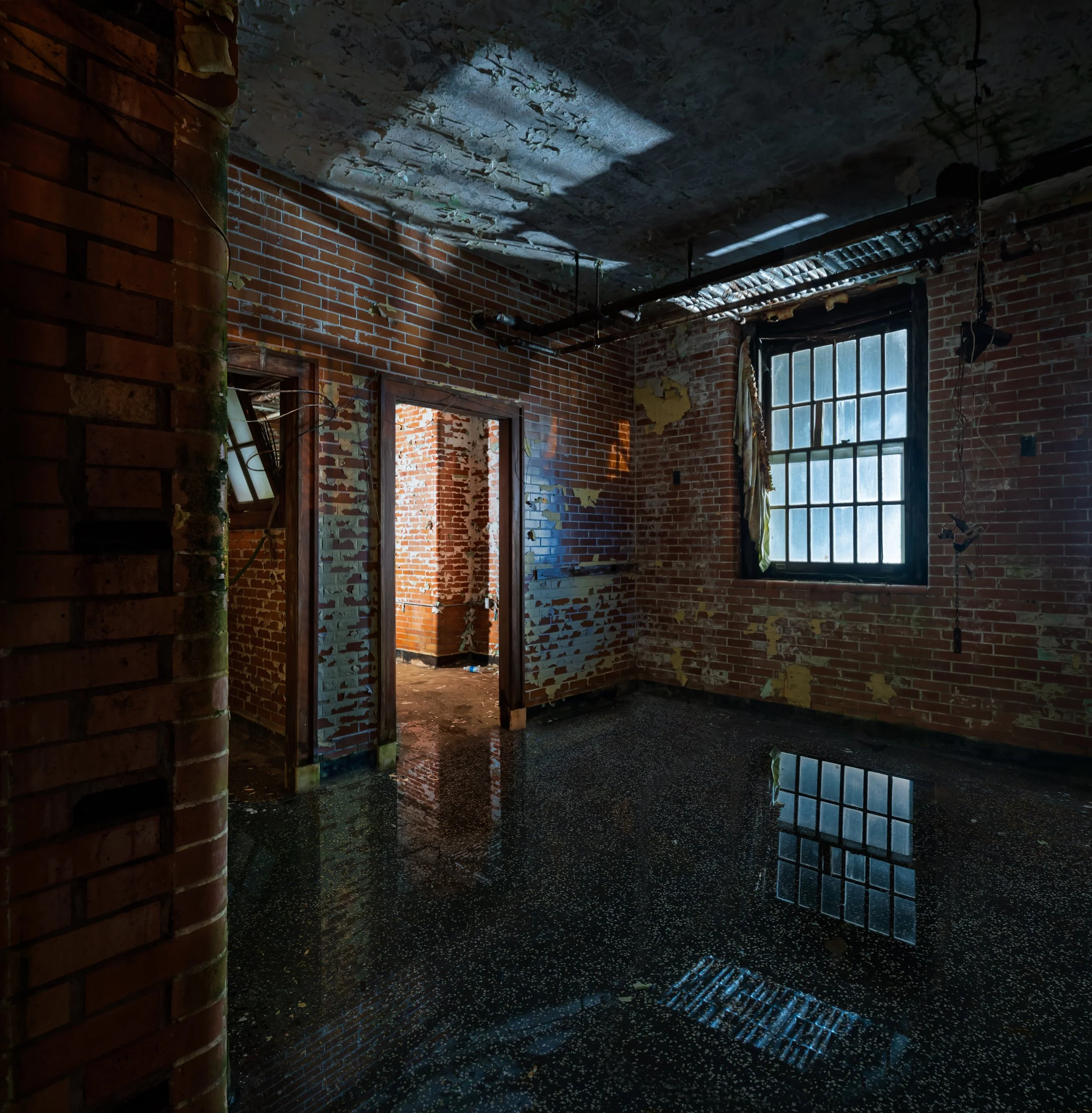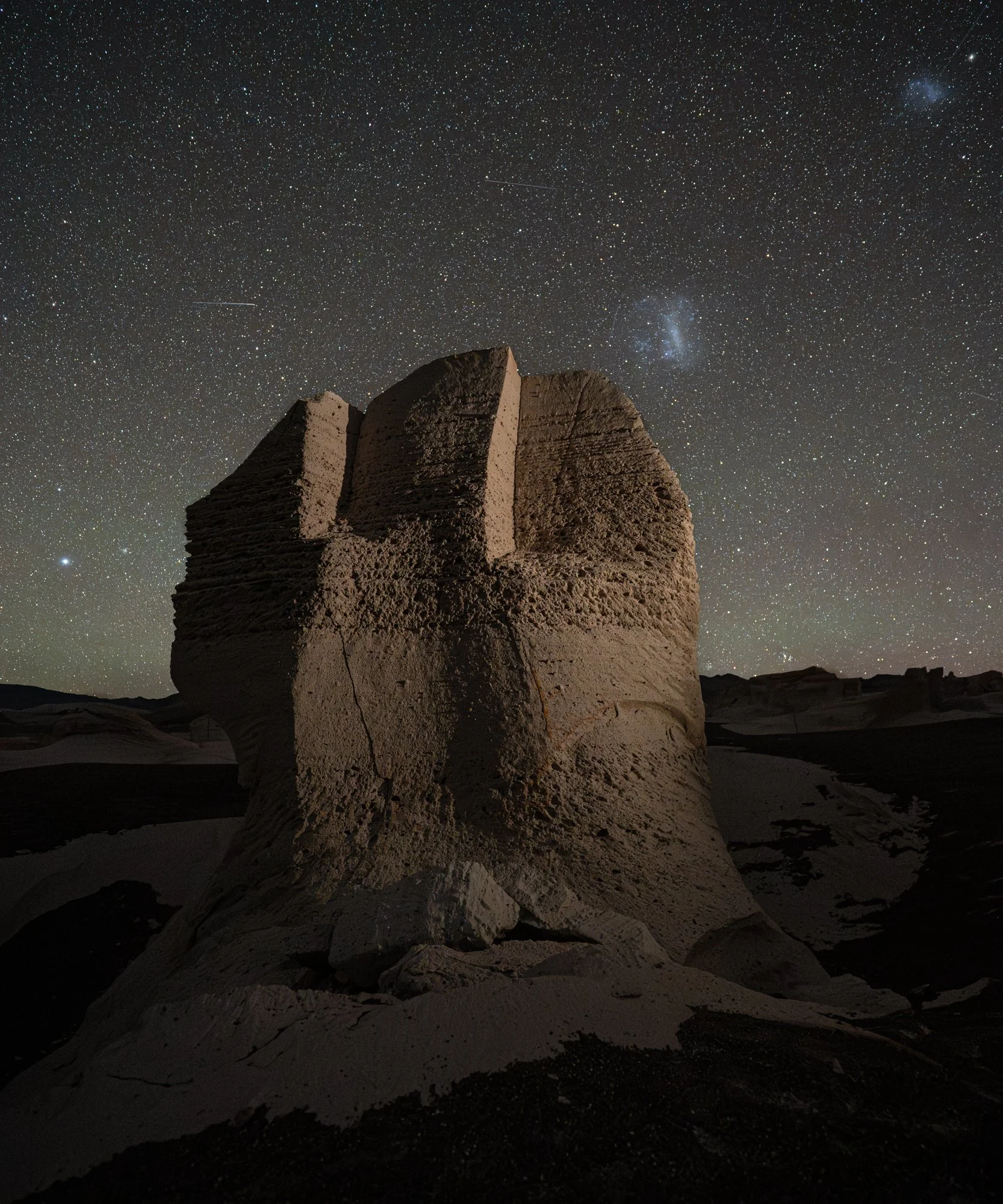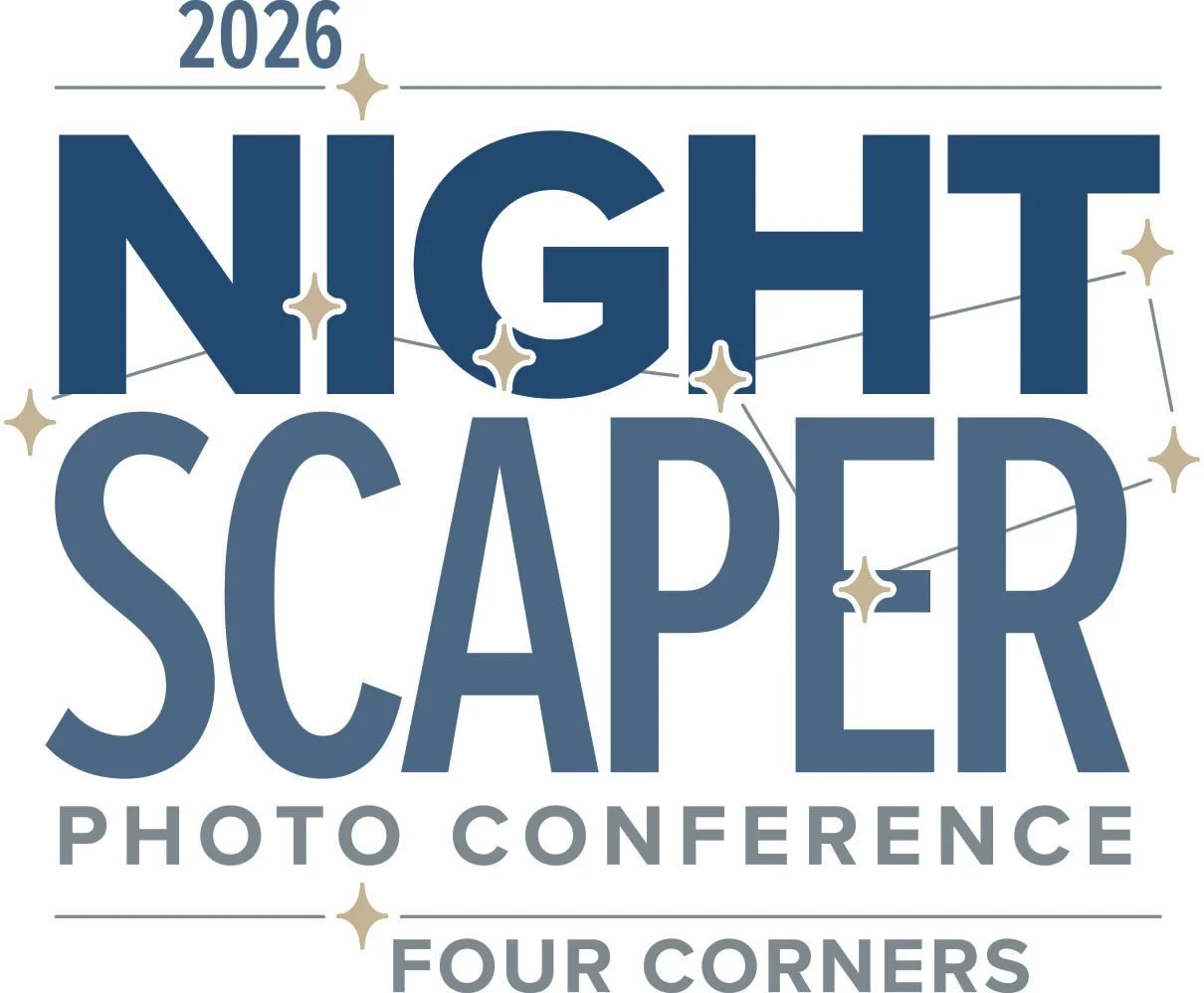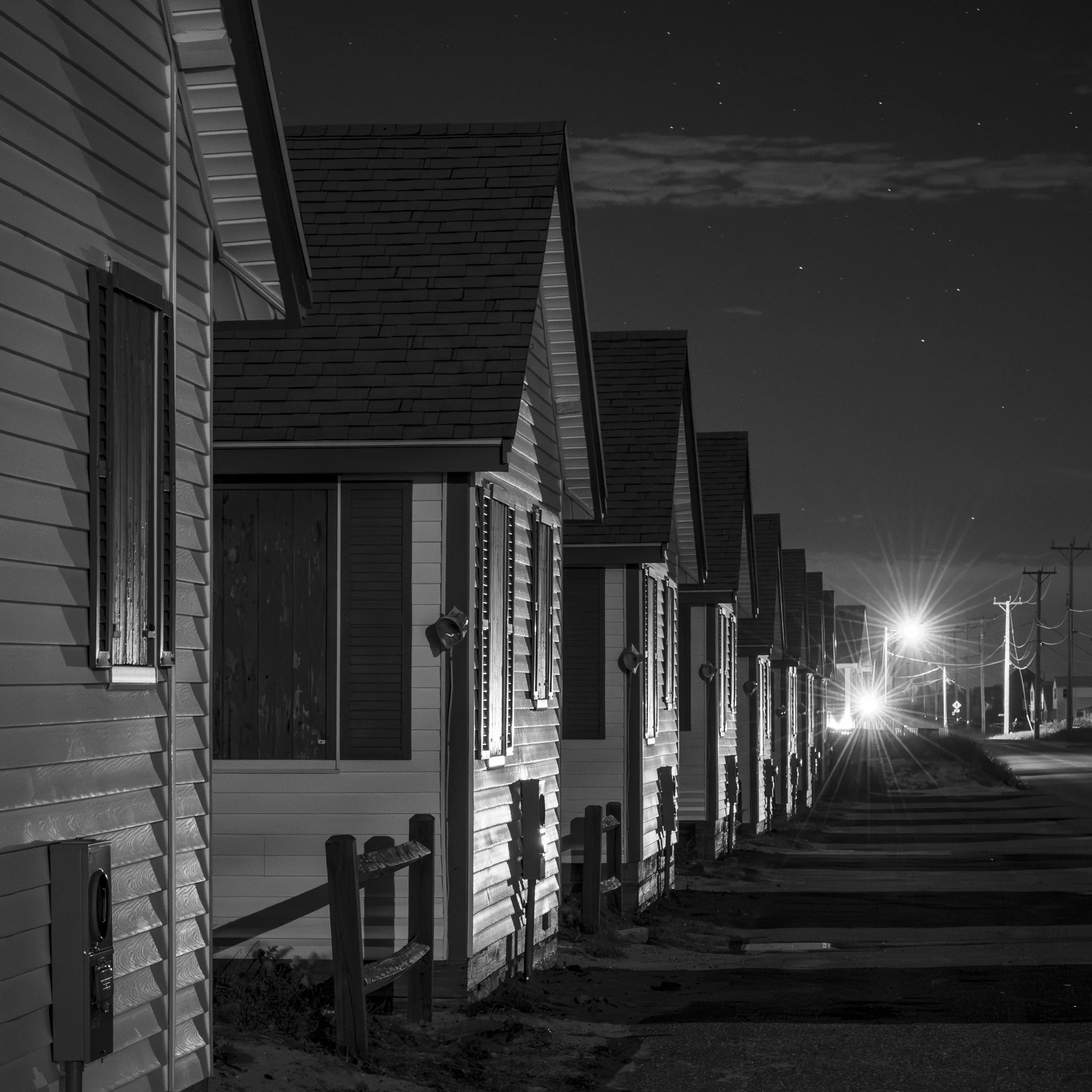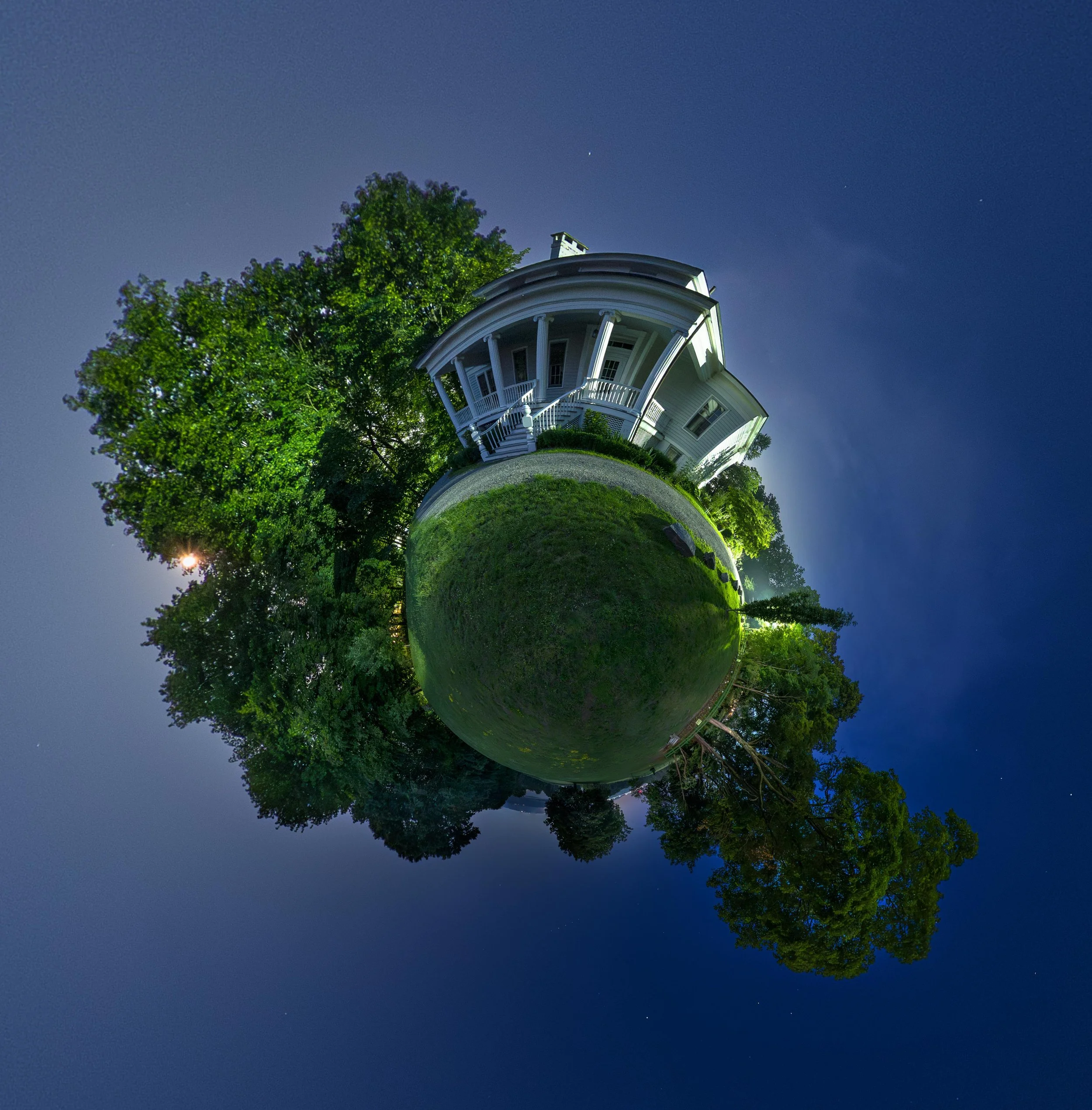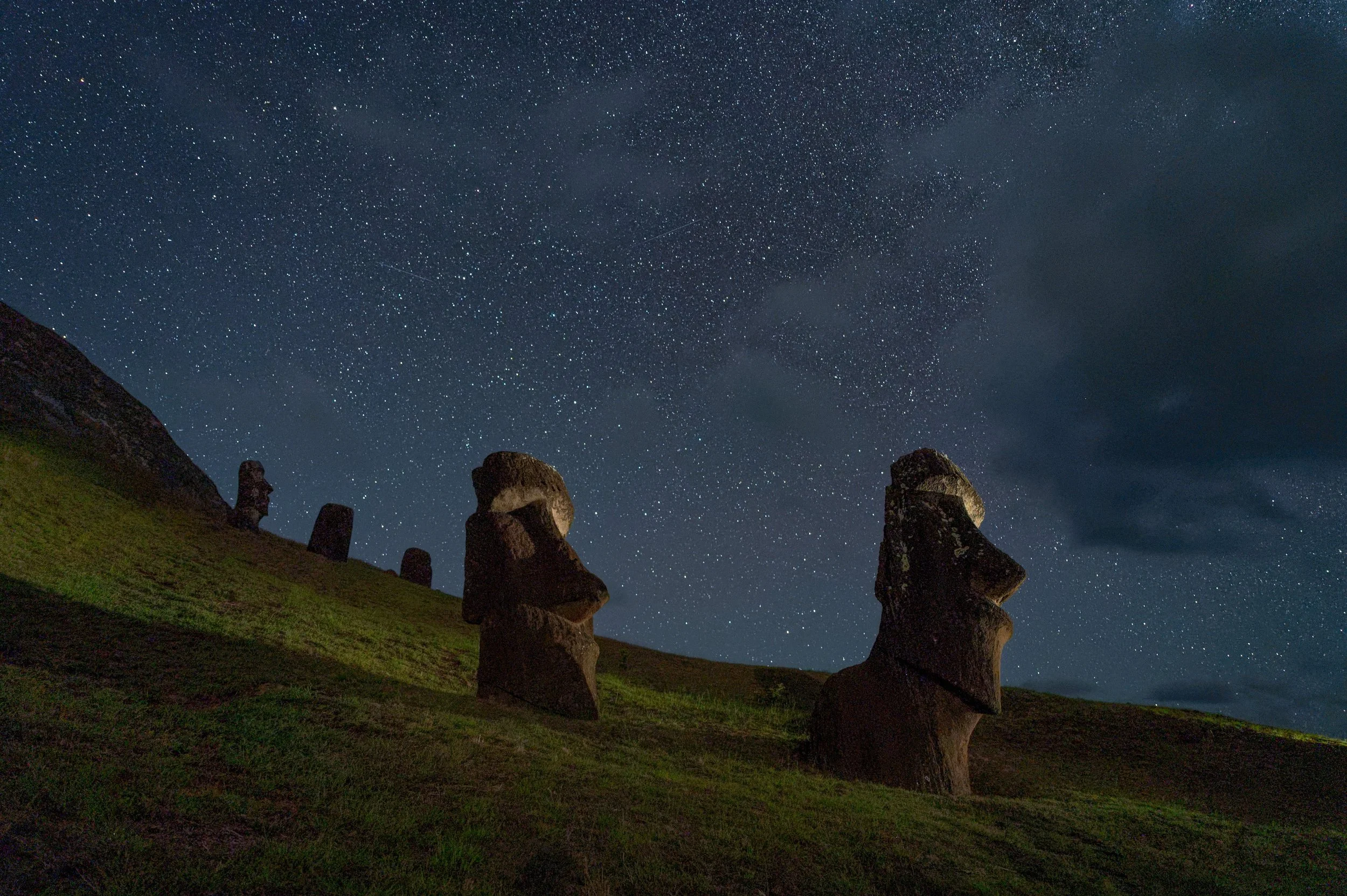Many of you like to ask questions about night photography. And guess what! We kinda like answering questions about night photography. That’s how we roll. So let’s … um … roll!
This installment of our “Five Questions” series features inquiries about star trails under moonlight, a very dim light panel, coma testing, Lightroom panels, and Great Smoky Mountains National Park.
If you have any questions you would like to throw our way, please contact us anytime. Questions could be about gear, national parks and other photo locations, post-processing techniques, field etiquette, or anything else related to night photography. #SeizeTheNight!
1. Star Trails in Moonlight
Star trails on a moonlit night, Yosemite National Park. © 2020 Tim Cooper. Nikon Z 6 with a Nikon Z 24-70mm f/4 lens. Ten stacked exposures shot at 2.5 minutes, f/9, ISO 100.
Question:
Last night I reviewed some star trail photos. Several were long exposures under moonlight, which turned out very bright—out of the camera they looked like daylight. Which would be better—lowering the ISO (from 400), closing down the aperture (from f/4), or using a neutral density filter? — Kathy E.
Answer:
In the circumstances you describe, the thing to do would be to go down to ISO 100 and also stop down to f/5.6 or f/8. Full moon exposures of 4 to 6 minutes at f/8 and ISO 100 are about right, depending on the desired effect.
If adding light painting, one might consider adjusting the base exposure up or down to manage the ratio of existing to added light. If longer star trails are desired, then combine multiple exposures in Photoshop until the trails reach the desired length. It’s possible to stop down further to get longer shutter speeds, but if you stop down too much then dimmer stars won’t show up.
There’s really no reason to use a neutral density filter for this situation—it only increases the odds of problems with flare or general loss of image quality from lesser glass in front of the lens, or from dirt, finger prints or condensation. The only time I use ND filters at night is when shooting long exposures of the moon streaking through the frame. — Lance
2. Seeing Coma
Question:
I read your blog post about measuring lens coma, and I want to compare the Sigma 14-24mm f/2.8 with the Zeiss 18mm f/2.8 and the Zeiss 25mm f/2.0 (I own both of the latter). What magnification in Lightroom should I use when comparing the images from these three lens? When I zoom to 11:1 (the greatest magnification), I really can’t tell what I am looking at because the stars just look like little boxes. — Hadley
Answer:
So glad you are inspired to run your lenses through the paces. Awesome. I recommend 4:1. If stars are not round at that magnification, then you’re probably looking at coma. — Matt
3. A Very Dim Light
Question:
During one of your presentations at B&H’s OPTIC Imaging Conference, there was a recommendation for a portable light that could dim to levels lower than most other lights available. Unfortunately I didn’t write it down. Can you share this gear recommendation? — Jason L.
Answer:
Thanks for watching our class during OPTIC! The light we were referring to is the Luxli Viola 2. When used with the Luxli Composer app, you can drop the intensity to as low as .5 percent.
For Low-level Landscape Lighting we typically use the Viola at .5 to 2 percent. It also optionally comes with a diffusion panel that would dim it down a touch more. — Gabe
4. Solo Panels
Question:
When I am in Lightroom’s Grid mode and have the Folders panel open, the Collections panel is all the way underneath and requires a lot of scrolling to get to. Is there a way either to lock the Collections panel in position so it is always visible at the bottom while the Folders panel is expanded, or to place the Collections panel above the Folders panel? — Marc
Answer:
If you right-click (PC) or control-click (Mac) in the dark gray title area of any panel, you can select “Solo Mode.” This will enable a feature that always collapses all of the tabs except the one you are using. In addition to solving your specific problem, this keeps the whole Lightroom interface cleaner and easier to work with. — Lance
5. Smoky Spots
Newfound Gap, Great Smoky Mountains National Park. © 2019 Matt Hill. Nikon Z 6 and a Nikon 70-200mm f/2.8. 871 Seconds, f/4, ISO 200.
Question:
My daughter and I are planning a trip to Great Smoky Mountains National Park for four nights. We would appreciate your recommendations for the best night, sunrise and sunset photography. My daughter is expecting our first grandchild and I am looking forward to taking a few maternity photos in Cades Cove, so any thoughts on that would be great too. — Susan E.
Answer:
For sunrise and sunset, you’ll want to be at the overlooks. Clingmans Dome is good for both (especially with clouds in the valley), and the overlooks on the southern half of Newfound Gap Road can be good. Because you’re in the mountains, you need to be up higher to see the sun break the horizon. Also, this is technically outside the park, but the overlooks on the Foothills Parkway (also a administered by the National Park Service) can be good.
Not for sunrise and sunset itself, but for shooting in the post-sunrise and pre-sunset light, I can’t recommend Cades Cove enough. I could spend a whole week shooting just in there. It’s a great place for those maternity photos—just drive the loop road and you’ll find far more locations than you can use. Also look at the two dirt roads that cut across the valley (Hyatt and Sparks Lane), as they’re quieter and rather scenic.
For night photography, Cades Cove is great, but no cars are allowed after sundown, so you’d have to walk. You’d be looking at anywhere from 2 to 11 miles roundtrip, depending on how much you wanted access to. (You could also go in on a bike.)
For stars, again, get to the overlooks and/or to Clingmans Dome. You can also find some open skies along Little River Gorge Road and in the meadow next to the Oconaluftee Visitor Center. If open skies aren’t important and you’d just like some things to light paint, try the abandoned resort town at Elkmont.
Finally, because you’re staying near Gatlinburg, you might want to try the Roaring Fork Motor Nature Trail. It’s a part of the park that many visitors don’t go to because it’s not off the main park road, but is certainly good for photography, especially under overcast skies. — Chris


